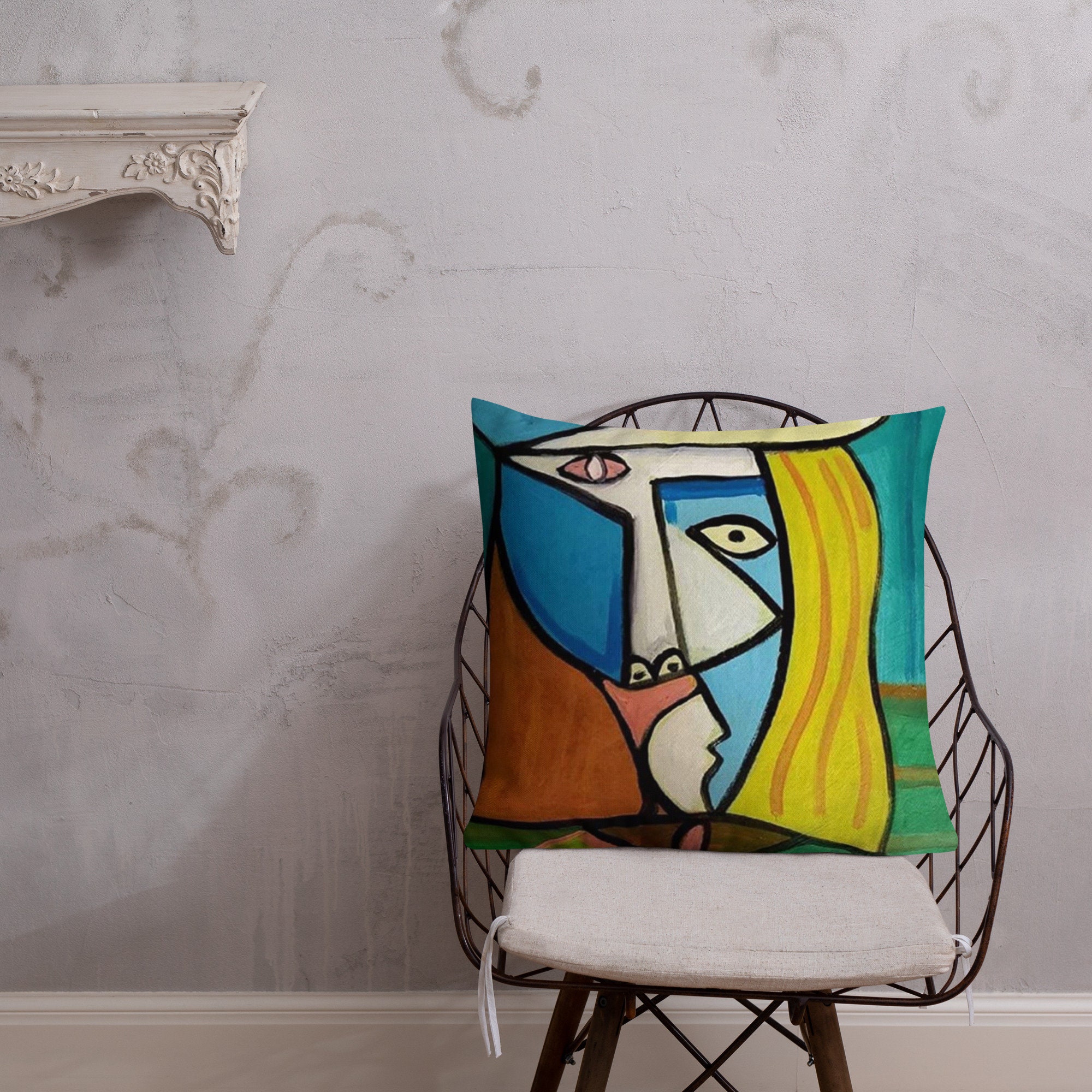Unique Art - Truths
Unique Art - Truths
Blog Article
The smart Trick of Unique Art That Nobody is Discussing
Table of ContentsThe Buzz on Unique ArtUnique Art - An OverviewThe Best Guide To Unique ArtGetting My Unique Art To Work
While one could debate which art form holds priority, the truth remains that each of these 7 types provides an one-of-a-kind window right into human history, society, and development. They are the tapestries that chronicle our trip, advising us of our past while motivating visions for the future.Great artwork narrates, makes individuals look two times, and develops an one-of-a-kind experience that can not be matched. Art and illustrations communicate all of that through shade, shape and other style elements. Discover just how to make your unique artwork attract attention from the crowd.
To bring also extra drama, he prolonged the paint. The contours, along with a spherical sconce, soften the edges. Frameworks classic posters and maps of precious areas established the scene.
8 TRIA GIOVANEqual parts grand and laidback, this entrance hall designed by Anthony Baratta is the perfect plan to adhere to if you're enhancing an official entrance that still feels unfussy and comfortable. Formed fabrics take spotlight (see the carpets and the couch), however they also aid bring the high ceilings down to a human range when hung over wallpaper.
The Ultimate Guide To Unique Art
18 Heidi Caillier DesignA gallery wall does not require to take up the entire area. Occasionally a small one can make a larger style declaration. In this living space, Hiedi Caillier opted for micro-mini frames and an arbitrary make-up.
, the expression of ideas and emotions, with the development of certain aesthetic top qualities, in a two-dimensional aesthetic language. The components of this languageits shapes, lines, colours, tones, and texturesare used in various means to create sensations of quantity, area, activity, and light on a flat surface. These elements are integrated into expressive patterns in order to represent real or supernatural phenomena, to interpret a narrative motif, or to create wholly abstract aesthetic connections.
Later on the concept of the "fine artist" developed in Asia and Renaissance Europe. During the 19th century painters in Western cultures started to shed their social setting and safe and secure patronage.
Unique Art Things To Know Before You Get This
Others gained an earnings via visiting events of their job. The need to appeal to a market had replaced the comparable (if much less impersonal) demands of patronage, and its effect on the art itself was most likely similar. Generally, artists in the 20th century might get to an audience only via commercial galleries and public museums, although their work might have been occasionally recreated in art regulars
For a discussion of the imitation of artworks, see imitation. For a conversation of the function of painting and various other arts in faith, as well as of the usage of religious signs in art, these details see spiritual significance and iconography. For details on other Your Domain Name arts related to paint, see write-ups such as attracting; folk art; printmaking. , also when a paint's narrative significance is rare.
Do not copy the style of other artists if you're trying to discover your design. Duplicating other individuals's art work can be great in academic objectives but it will not make you closer to discovering your own distinct style. Your artistic style has to be, what you such as and what inspires you.

Unique Art - The Facts
You require to try lots of different choices and explore everything before you can concentrate on one specific style or you'll be tired, or worse, you'll hate your own style. I recommend you to try every solitary subject that you're interested in, explore as much as you can. Try different tools that thrill you and new strategies you have actually never ever attempted before.
With time you'll have the ability to arrange every one of them into your favored and the very least preferred categories. Attempt to focus your focus on the subjects and mediums that you like and before you see it coming you'll have your very own personal and distinct design, like no one else have! In the end you'll have a few preferred subjects to repaint and possibly a few favored mediums.

Report this page